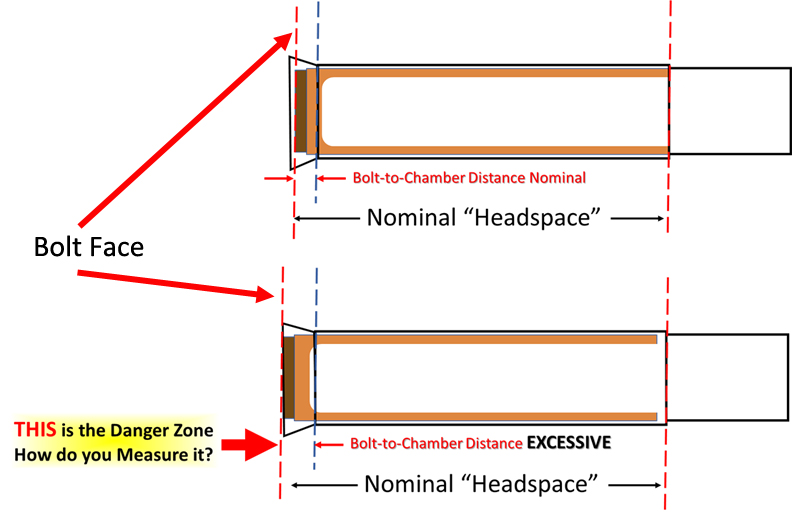"A man convinced against his will, is of the same opinion still"Would you mind telling us what Bullet, and what OAL, please.
I don't need (or even want) to know anything else.
It would seem taking on .357 max is near glock fanboy levels but not quite 45vs9mm....
I agree with you, but you might be wasting your time....



